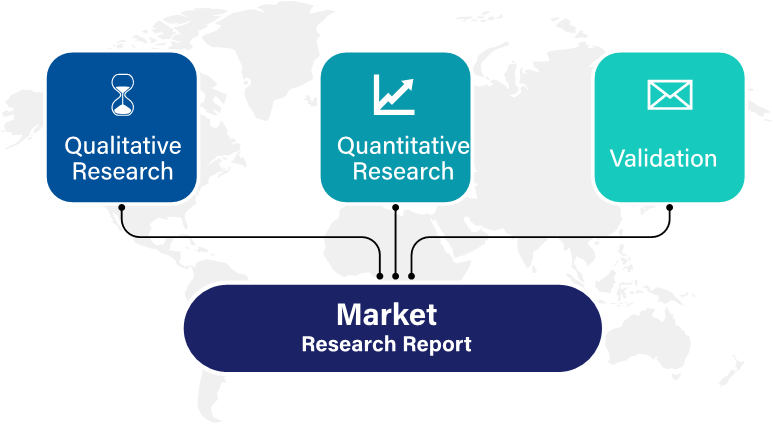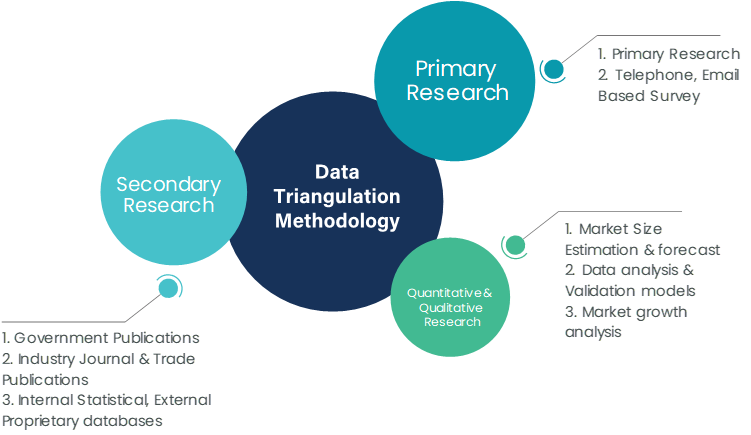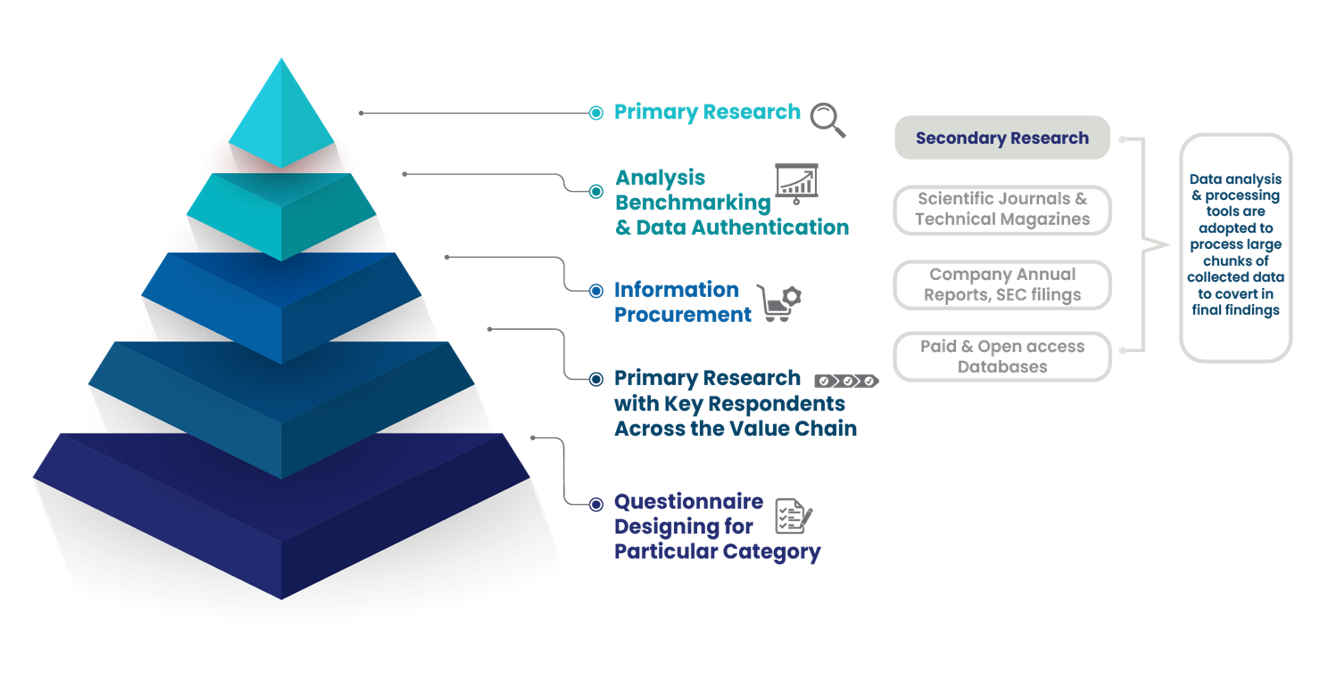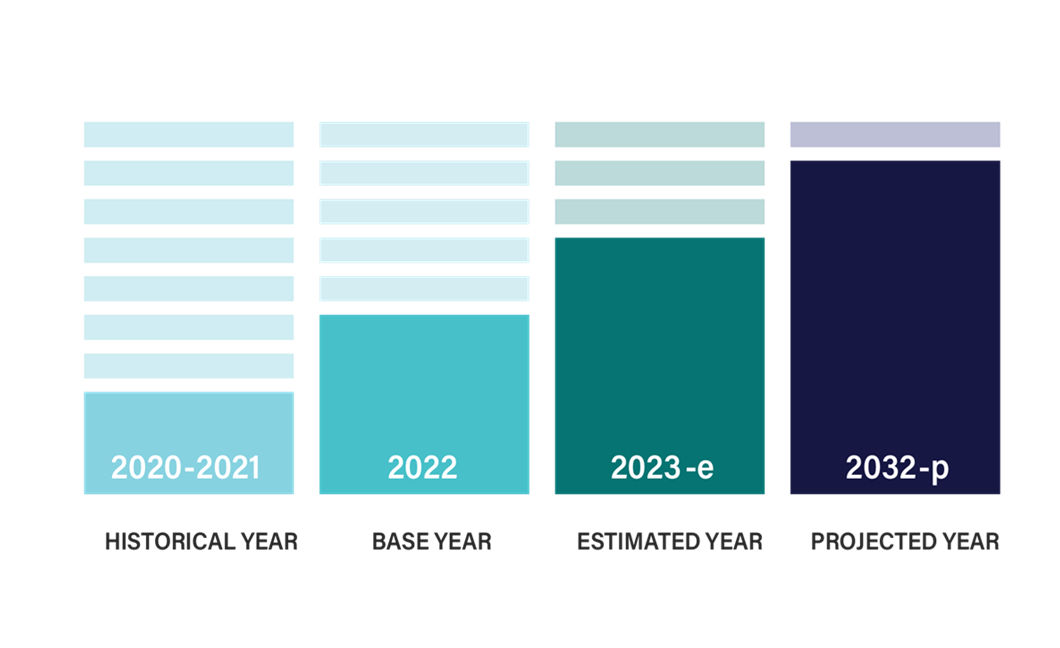

Executive Summary
The global plasticizers market is expected to grow steadily over the forecast period from 2024 to 2031, driven by rising demand across multiple industries such as construction, automotive, electrical, and packaging. Plasticizers are essential chemical additives that enhance the flexibility, durability, and pliability of materials, especially in the production of plastics. According to International Market Research (IMR), the global plasticizers market is projected to reach approximately USD 25 billion by 2031, growing at a compound annual growth rate (CAGR) of about 4.5% from an estimated market size of around USD 17 billion in 2024.
Market Overview
Definition and Importance of Plasticizers
Plasticizers are additives that improve the elasticity, flexibility, and workability of materials, mainly plastics, by reducing the viscosity or stiffness of polymers. They are most commonly used in the production of polyvinyl chloride (PVC) products, which account for around 85% of the global plasticizers demand. Plasticizers are critical in industries such as construction, automotive, medical, and consumer goods, where durability and flexibility of materials are essential.
Market Drivers
Market Challenges
Despite the positive outlook, the plasticizers market faces challenges, including:
Market Segmentation
By Type
By Application
Regional Insights
North America
North America holds a considerable share in the global plasticizers market, supported by high demand in the automotive, construction, and healthcare sectors. The region's emphasis on sustainable and non-phthalate plasticizers due to strict regulatory standards drives the demand for alternatives like DOTP. IMR projects a steady growth rate of around 3.8% for North America during the forecast period.
Europe
Europe is a mature market for plasticizers but has significant demand for non-phthalate and bio-based plasticizers due to stringent environmental regulations like REACH. The automotive and medical sectors are key contributors to the market, and the focus on sustainable solutions is expected to propel the market. IMR forecasts a CAGR of approximately 4.2% for Europe from 2024 to 2031.
Asia-Pacific
Asia-Pacific is anticipated to be the fastest-growing market due to rapid industrialization, urbanization, and infrastructure development in countries like China, India, and Japan. The construction industry, which extensively uses PVC products, is a major driver in the region. IMR expects the Asia-Pacific plasticizers market to grow at a CAGR of around 5.5% during the forecast period, supported by increasing investments in infrastructure and automotive manufacturing.
Latin America and Middle East & Africa
These regions are expected to witness moderate growth, driven by increasing urbanization and expanding healthcare infrastructure. Although demand in these regions is lower than in North America, Europe, and Asia-Pacific, there are significant growth opportunities, particularly in construction and medical applications.
Market Forecast and Projections (2024 - 2031)
According to IMR, the global plasticizers market, valued at approximately USD 17 billion in 2024, is projected to reach USD 25 billion by 2031, growing at a CAGR of around 4.5%.
Key Players and Competitive Landscape
The plasticizers market is competitive, with key players focusing on expanding their product portfolios and adopting sustainable practices. Some of the major players include:
These companies are investing in research and development to enhance the performance and sustainability of their products, including bio-based alternatives. Strategic partnerships, mergers, and acquisitions are also common as companies seek to strengthen their market positions.
Trends and Opportunities
1. Growth of Bio-based Plasticizers
Increasing awareness of environmental issues and the push for sustainable products are driving the demand for bio-based plasticizers, particularly in Europe and North America. Although they are more expensive, their adoption is expected to grow as companies develop cost-effective production techniques.
2. Rising Demand for Non-Phthalate Plasticizers
With health concerns surrounding phthalates, regulatory agencies in various regions are promoting non-phthalate alternatives. This trend is expected to continue, with non-phthalate plasticizers gaining substantial market share, especially in medical and food-related applications.
3. Expansion of the Construction Sector in Emerging Economies
The construction boom in Asia-Pacific, Latin America, and the Middle East is expected to drive demand for flexible PVC products, boosting the use of plasticizers. Governments in these regions are investing in infrastructure, creating ample growth opportunities.
4. Advancements in Plasticizer Technology
Research and development are focused on improving the performance of plasticizers to enhance their application range, from increasing thermal stability to reducing migration and volatility. Technological advancements are likely to introduce new products with improved environmental profiles.
Conclusion
The global plasticizers market is set to experience steady growth over the forecast period, reaching approximately USD 25 billion by 2031, with a CAGR of around 4.5%. The market is driven by demand from industries such as construction, automotive, and healthcare, while innovations in bio-based and non-phthalate plasticizers are expected to shape the future. Environmental concerns and regulatory standards are pushing the industry towards sustainable solutions, which will provide new opportunities for companies to differentiate themselves. With steady growth expected across all major regions, the plasticizers market will continue to play a critical role in enhancing material performance across multiple applications.
International Market Research follows a comprehensive research methodology dedicated to offering the most accurate market estimation and analysis. It leverages a data triangulation methodology to estimate the market dynamics and deliver precise estimations. The company exploits a combination of top-down and bottom-up approaches for classifying and assessing quantitative aspects of the market.

This research study is based on exhaustive quantitative and qualitative analysis.
The Quantitative analysis involves numerous models, mathematical tools, projection, and sampling techniques. It encompasses the following steps:
Recognize market variables and derive market size.
Valuation of prospects, opportunities, and market penetration rates by analyzing Application Predictive Maintenance Solutionzation, regional trends, etc.
Gauge historical market trends and derive present and future year-on-year growth trends
The qualitative analysis covers briefing about market dynamics and business opportunities and strategies. Lastly, all the research findings are authenticated over interviews with in-house industry experts, freelance consultants, and key opinion leaders, etc.


The preliminary raw data and relevant information are acquired via different sources such as secondary findings, trade surveys, and in-house repositories. Technical issues and trends are attained from technical symposia, surveys, and trade journals. Market dynamics such as driving factors, restraints/challenges, pricing trends, and opportunities are also collected using extensive secondary research via paid and open access data sources.
This info is then filtered to make sure that the related data including market trends, industry dynamics, and outlook is retained for the further research End-user. Data is constantly filtered to confirm that only authenticated sources are measured.
It comprises analysis & mapping of all the data gathered from the above step. It also includes the analysis of data differences observed across numerous data sources and arrives at final data points to be used for final calculations.
This step involves data End-user using various models, mathematical tools, projection, and sampling techniques to derive market findings. It also involves the placement of data points at suitable market spaces to gather viable conclusions.
Market estimates and forecasts are derived via simulation models. Collected data for market dynamics, Propulsion Type sets, pricing trends, and Type development is fed into the model and evaluated simultaneously. These factors are studied on a comparative basis, and their influence over the prediction period is quantified by means of regression, correlation, and time-series exploration. Analyst viewpoint & subject matter expert-based heuristic form of market sizing also plays an essential part in this step.
Some of the parameters measured as a part of the statistical model are:
Macro-economic indicators
Micro-economic indicators
Socio-political indicators
Environmental indicators
Propulsion Type indicators
Validation End-user aids to finalize data points to be used for final calculations. Primary Interviews are conducted to authenticate the data and analysis.
Primary research includes questionnaire-based research, email interactions, online surveys, and telephonic interviews. Interviewees are approached by prominent companies across the value chain including suppliers, Propulsion Type providers, domain experts, and buyers to ensure a holistic and unbiased picture of the market.
Industry participants involved in this research study include:
CEOs, VPs, market intelligence managers
Procuring and national sales managers technical personnel, distributors, and resellers
Research analysts and key opinion leaders from various domains
Our research methodology includes an ideal combination of primary and secondary initiatives.

Source: International Market Research Analysis, 2024
It involves company databases such as Hoover's: This assists us to recognize financial information, the structure of the market participants, and the industry competitive landscape.
The secondary research sources referred to in the End-user are as follows:
Supply Chain and Inventory Managemental bodies, and organizations creating economic policies
National and international social welfare institutions
Company websites, financial reports and SEC filings, broker and investor reports
Related patent and regulatory databases
Statistical databases and market reports
Corporate Presentations, news, press release, and specification sheet of Manufacturers
Open access and paid data sources:
Eurostat
Statista
OneSource
Plastemart
WHO and World Bank
ITU
Factiva
Hoovers
Primary research includes online surveys and telephonic interviews.
Means of primary research: Email interactions, telephonic discussions, and questionnaire-based research, etc.
To validate our research findings and analysis, we conduct primary interviews of key industry participants. Insights from primary respondents help in validating the secondary research findings. It also develops Research Team’s expertise and market understanding.
Industry participants involved in this research study include:
CEOs, VPs, market intelligence managers
Procuring and national sales managers technical personnel, distributors, and resellers
Research analysts and key opinion leaders from various domains
We employ of following parameters in the absence of concrete data sources:
We assign weights to various parameters and quantify their market influence with the help of weighted average analysis, to derive an expected market growth rate
Income distribution, purchasing pattern, per capita income, and other end-user associated parameters
GDP, inflation rate, per capita disposable income, etc.
Expenditure, financial policies of the country, infrastructure and sector growth, and facilities

Source: International Market Research Analysis, 2024
International Market Research(IMR) is global leader in Market Research & Consulting services.